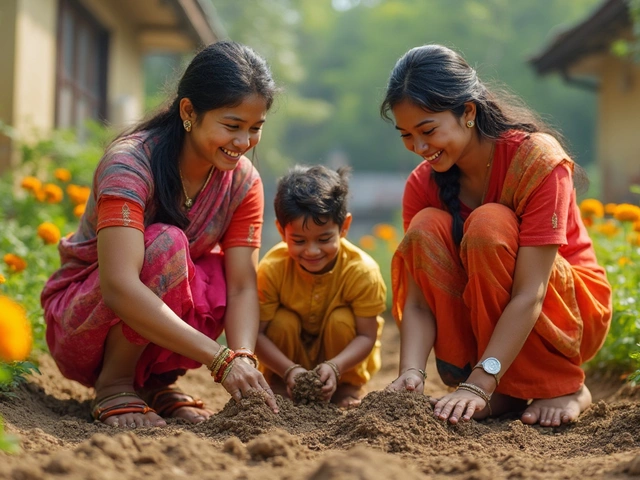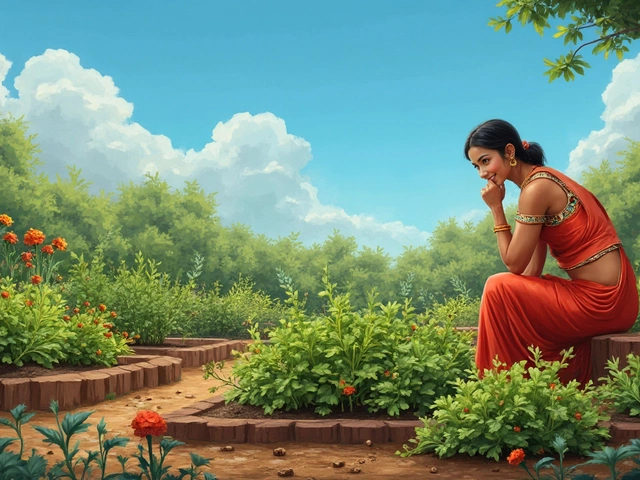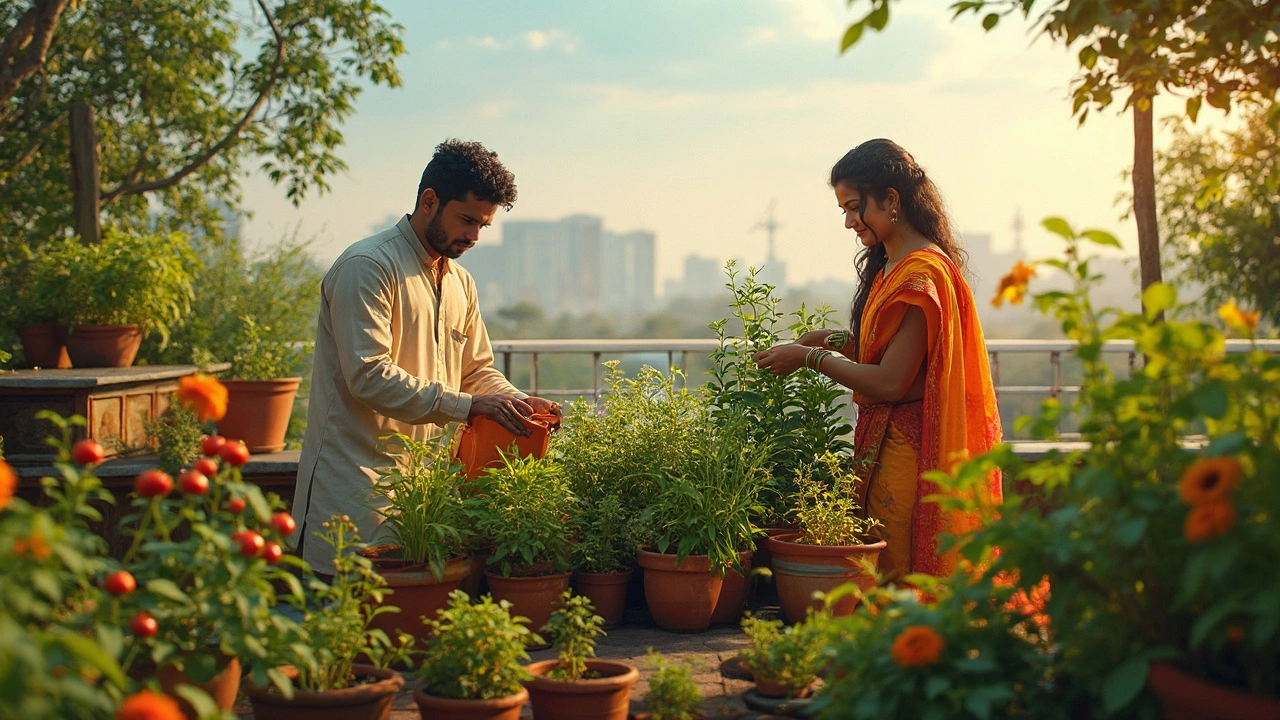Hardy Plants: Easy Choices for a Strong Garden
Looking for plants that thrive without constant attention? Hard‑working gardeners love hardy plants because they survive heat, wind, and occasional neglect. In India’s varied climate, the right hardy species can keep your garden green all year while you focus on other tasks.
Choosing the Right Hardy Plants
Start by matching a plant’s natural habitat to your region. For hot, dry zones, think about Bougainvillea, Jasmine, and Portulaca. These love sunshine and need only occasional watering. In cooler, monsoon‑prone areas, Hibiscus, Marigold, and Neem perform well and can handle sudden rain.
Another tip: pick plants with deep root systems. Deep roots dig down to moisture that stays in the soil longer, meaning fewer water trips for you. Look for descriptions that mention “deep‑rooted” or “drought‑tolerant”.
Don’t forget about soil type. If your garden has heavy, compacted soil, add a bit of sand or compost before planting. Lightening the soil helps roots breathe and prevents waterlogged roots, a common problem for many hardy plants.
Caring for Hardy Plants Throughout the Year
Even the toughest plants need a little love. In the first few weeks after planting, give a generous soak to settle the soil around the roots. After that, water only when the top inch feels dry – over‑watering is the #1 mistake beginners make.
Fertilize sparingly. A balanced, slow‑release fertilizer applied once in spring and once in late summer is enough for most hardy varieties. Too much feed can make plants weak and more prone to disease.
Pruning is simple but effective. Trim back dead or overgrown branches after the monsoon season to improve airflow and light penetration. This habit also encourages fresh growth and more flowers.
If you notice pests, try natural solutions first. For example, sprinkling coffee grounds around the base of a plant can deter ants, but avoid it for plants that dislike coffee, like certain succulents. A quick spray of neem oil works well for aphids and whiteflies without harming beneficial insects.
Finally, keep an eye on seasonal changes. During extreme summer heat, mulch a thin layer of straw or dried leaves around the base of your plants. Mulch reduces soil temperature, conserves moisture, and slowly adds organic matter as it breaks down.
By choosing the right hardy plants and giving them minimal, targeted care, you’ll enjoy a garden that looks alive even when you’re busy. Ready to start? Pick a few of the suggestions above, prepare your soil, and watch nature do the rest.
Best Plants for Rooftop Gardens: Make the Most of Your Terrace Space
This article dives into the top plants that thrive on rooftop gardens. It breaks down what makes rooftop conditions tough, the best choices for edible and decorative plants, and how to care for them. You'll find practical tips, surprising plant options, and tricks for handling unique rooftop challenges like wind and sun. Whether you're starting from scratch or upgrading your green space, you'll walk away with ideas that really work.
About
Terrace Gardening
Latest Posts


Best Garden Tool Brands on the Market
By Alden Thorne Oct 15, 2025

How to Make Bad Dirt Good: Simple Fixes for Tired Garden Soil
By Alden Thorne May 11, 2025

Should You Use Landscape Fabric Under Raised Beds?
By Alden Thorne Mar 1, 2025

